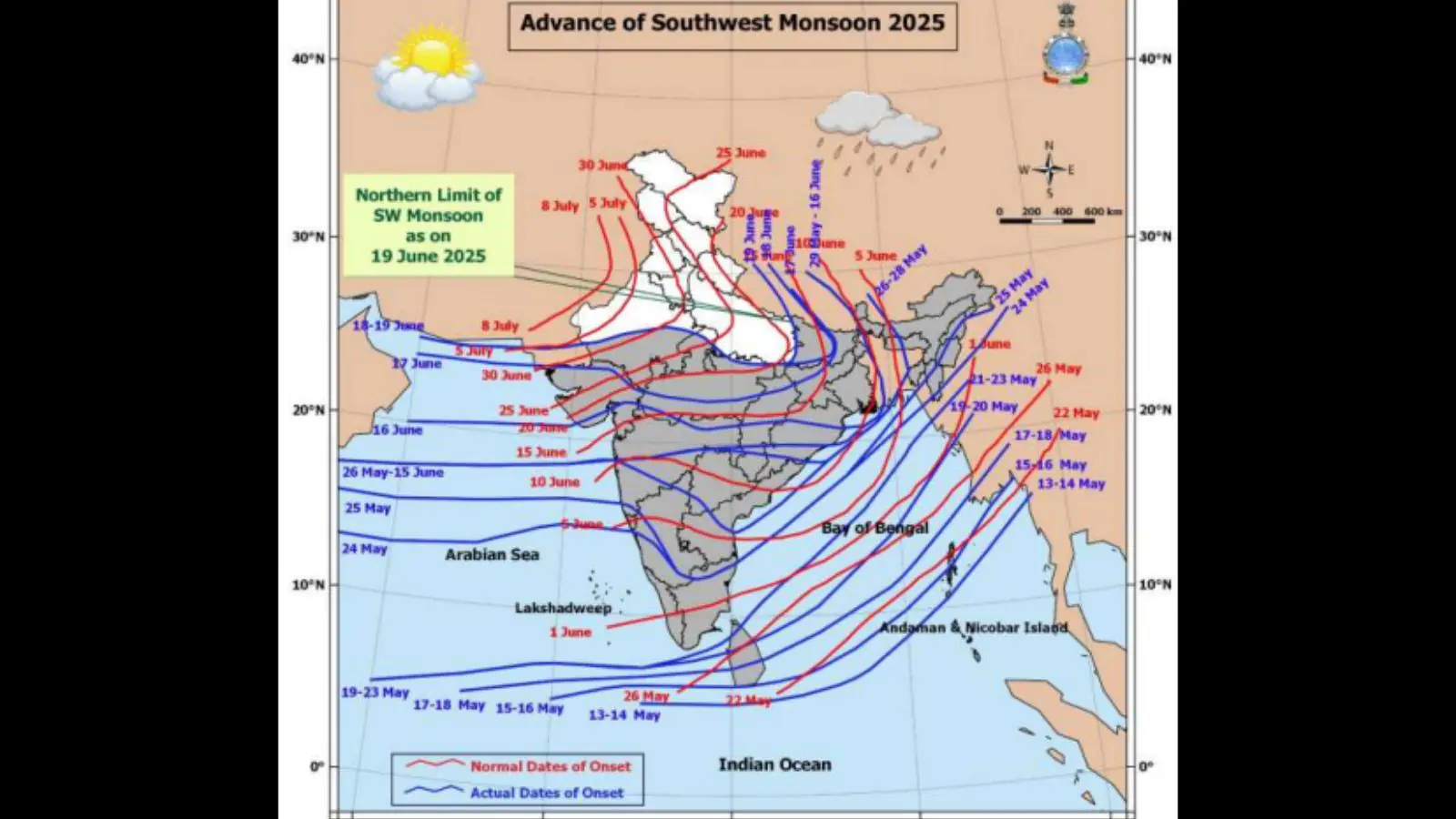By News18
India’s lifeline – the monsoon is becoming increasingly erratic. Traditionally viewed as a seasonal constant, the southwest monsoon is now showing clear signs of variability in onset, distribution, and withdrawal, with profound implications for agriculture, water security, and climate planning.
As Vishwas Chitale, Senior Programme Lead, Council on Energy, Environment and Water (CEEW), notes, “CEEW research shows that India’s monsoon is becoming more variable not just in its onset and duration but also in how rainfall is distributed across regions and months.”
Recent data underscores this shift. Over the last decade, 55% of India’s tehsils experienced over a 10% increase in southwest monsoon rainfall. Conversely, 11% of tehsils saw a decline, especially in critical agricultural zones like the Indo-Gangetic plains, northeastern states, and the Himalayan belt. Alarmingly, 87% of these declines occurred in June and July—the crucial sowing window for kharif crops like paddy, maize, and pulses.
Compounding this, 64% of Indian tehsils have reported more heavy rainfall days, and nearly half have seen a 10% or more increase in October rainfall, indicating a delayed monsoon withdrawal. These changes not only disrupt sowing and harvesting cycles but also put added stress on water management, flood control systems, and rural livelihoods.
Chitale warns that reactive adaptation will not be enough. “We need localised climate risk assessments, updated crop calendars, and resilient water and infrastructure systems that can respond to both increases and reductions in rainfall,” he says. Investing in early warning systems and climate-intelligent infrastructure is no longer optional but essential.
India’s agricultural strategy must pivot towards resilience and precision planning, ensuring farmers are not blindsided by unpredictable rains. With climate change intensifying, the monsoon’s mood swings are no longer anomalies—they’re the new norm. Preparing for this means embracing data, decentralised planning, and a systemic rethink of how we farm, store water, and build for the future.
The monsoon may still arrive each year but it’s no longer arriving the same way. And that changes everything.
